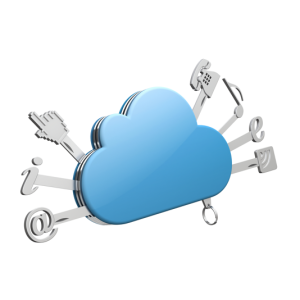Some of the aftereffects of the Supreme Court’s ruling in ABC v. Aereo are beginning to surface.
Aereo was a service that allowed subscribers to view broadcast television signals over the Internet. Aereo did so by assigning to each subscriber an antenna that would relay those signals to Aereo servers that would convert, store, and stream broadcast television shows over the Internet to the subscriber on demand. Network television broadcasters claimed that Aereo’s service violated federal copyright laws. Aereo claimed in response that it was simply enabling viewers to view and store television broadcasts, much like any other seller of television antennas and video recorders.
On Wednesday, June 25, 2014, the Supreme Court ruled 6-3 that Aereo’s service violates federal copyright laws because it “transmits” copyrighted material to the “public.” The Supreme Court concluded that the Aereo service was similar to the service of cable television providers and, thus, subject to the same re-transmission requirements established by federal law for such efforts, including, without limitation, copyright licensing and fee agreements with broadcasters. The Supreme Court acknowledged that there were “behind-the-scenes technical differences” between Aereo and the cable television services that Congress targeted with the current copyright requirements, but found that such differences did not matter based on Congress’ underlying objectives.
The concern for cloud services providers of all types, from cloud storage providers to content streaming services, is that the Aereo decision could be extended or extrapolated to other cloud-based business models. The Supreme Court appeared to go out of its way in the Aereo decision to assuage this concern, expressly and repeatedly instructing that its view of the Aereo service was not to be extended automatically to any other technologies or business-models, including, specifically, other cloud-based services.
Despite this, many, including the dissenting three Supreme Court justices, believe that the door has been opened for the impact of the Aereo decision to extend beyond the specific business model and technologies involved in the Aereo service. Indeed, almost immediately after the court handed down its decision, Fox, who has been battling with Dish Network over retransmission of the cable giant’s broadcasts, submitted the ruling as part of its case against Dish. Fox argues that Dish has violated copyright laws through two of its product offerings: Dish Anywhere, which allows users to view live or recorded television content from mobile devices or computers, and The Hopper, which allows users to record live content from anywhere and then transfer it to other devices.
The dust has barely settled on the Aereo decision, and much still needs to be gleaned from it. What is certain, however, is that it has not resolved many of the lingering questions for the cloud computing industry and how to navigate an evolving and uncertain legal landscape for these new service and technological offerings.

